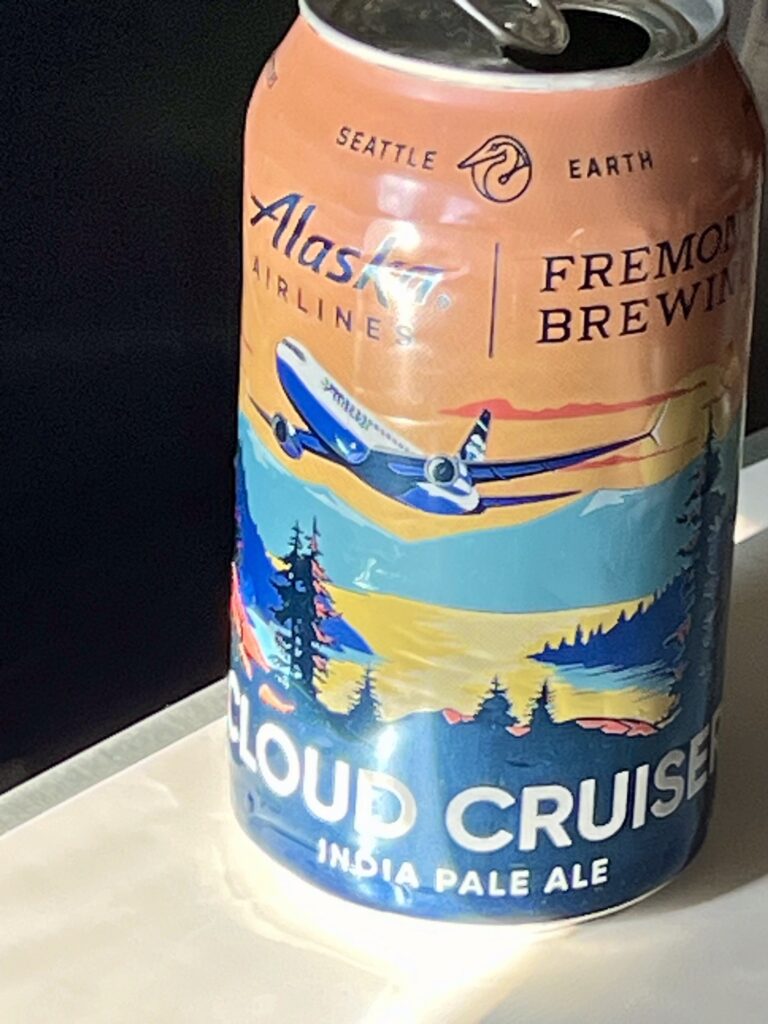At airline companies around the globe, regular flyers that provide the annual mainstay of revenue are called FBTs, or frequent business travelers.
This group of FBTs (men and women) cross the airways to ensure deals are made, business relationships are healthy, and products are presented and sold. Building trust and understanding are key to solid business relationships, fund raising, recruiting for talent, spreading ideas and maintaining trusted business agreements, among many other reasons.
A (sports) event to discuss the industry and confer on future ventures is coveted by customers. (Historically, men were a target audience as they held the majority of managerial and corporate level positions). These are people that have to travel now, most likely, and airlines built routes, prices and connections to cater to this audience historically.
Another common motivation to fly is to reach a desirable place to relax for a holiday or VFR (visiting with friends and relatives).
Maximum time is allotted for holiday enjoyment at desirable locations, for sports, sightseeing, leisure activity and rest.
In the early 1970s a brilliant marketer from American Airlines offered FBTs the opportunity to bank points that could be used by business travelers for holiday excursions and a new industry was born. (The idea being, many seats were available for redemption because they went unsold.)
In short, other airlines quickly replicated these plans, segmented them into tiers and expanded benefits as they grew in popularity.

Airlines developed partnerships with businesses, banks, hotels, other airlines, sports venues, featured events and ensured travel for the very frequent would stay a desired part of the airline brand. American Express, as one example, joined in with research to examine how more product could be sold to these fliers, and drilled deeper into their motivations.
No surprise, many took jobs that others disliked for the flying adventures. While one compelling benefit was stretching your wings in the company and understanding more of its operations, there was a component that said, we fly and travel because we like it. Extroverts out for the adventure, or introverts enjoying a solitary break.
Each airline developed a brand, a marketing mission, about what value their career could mean to these fliers.
Brand is the identity, mission and delivery of what your service product represents. It should make sense to your users, be appreciated and consistent. It should be a consistent filter for decision making activities. Service employees should enjoy and understand the obligation to deliver accordingly.
So, well defined and understood by the traveler, this brand becomes the frequent flyer’s favored, safe and comfortable haven in the air.
As an example, at British Airways, it is intended to be recognition by staff, special perks, regular communication, updates on new aircraft or services coming into the fleet, and feedback opportunities.
Successful relationships with FBTs include events held by suppliers to develop relationships with their best flyers. Frequent feedback from those frequent users is key. Adjustments are made to the product at fliers suggestions, events planned. Their travelers became real loyalists!
Post pandemic, after alternatives to air travel have been launched, the jury is still out on the success of this new option. Likely the human connection remains key to understanding needs, building trust and exchanges for future business opportunities.
Recall again, surveys indicate people are motivated by travel to make deals, be inspired and verify what is really going on.
On the leisure side we see a growing desire for travel and an audience motivated by quality. Hence the growth of premium products at airlines.
Today’s traveler may now be the FVT, or frequent value traveler. Success depends on what this formula will include.



